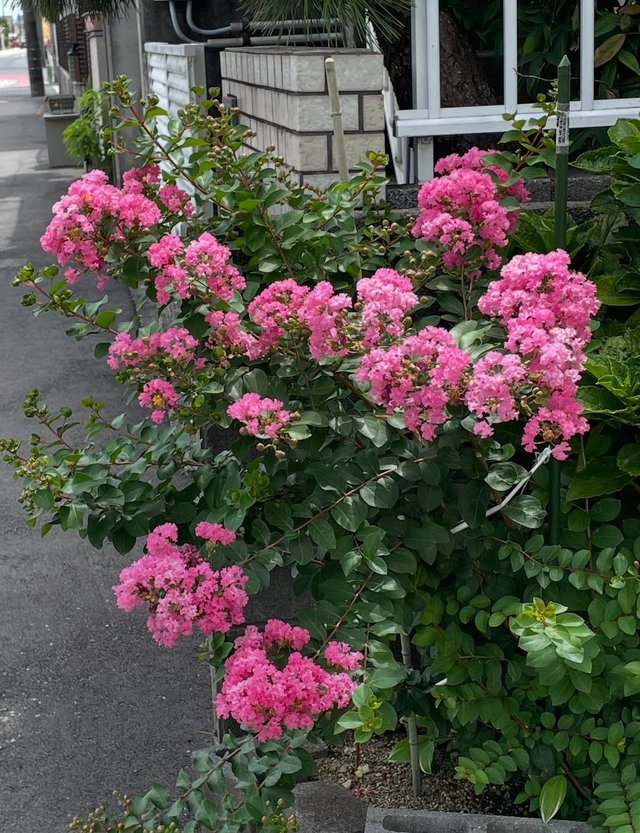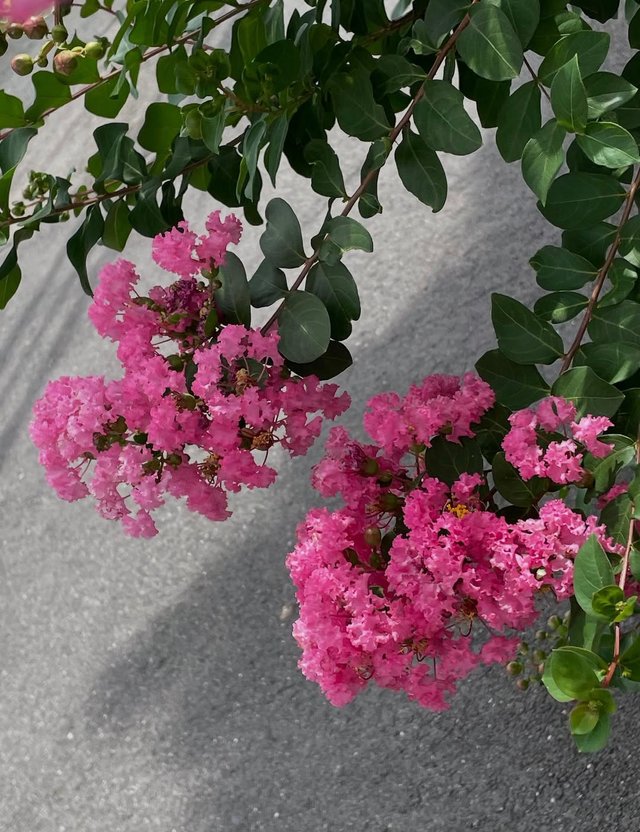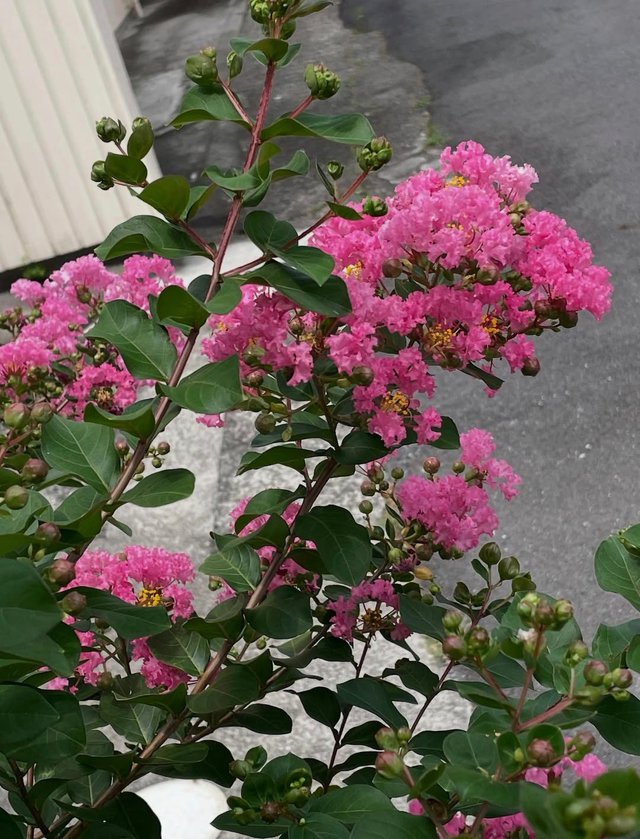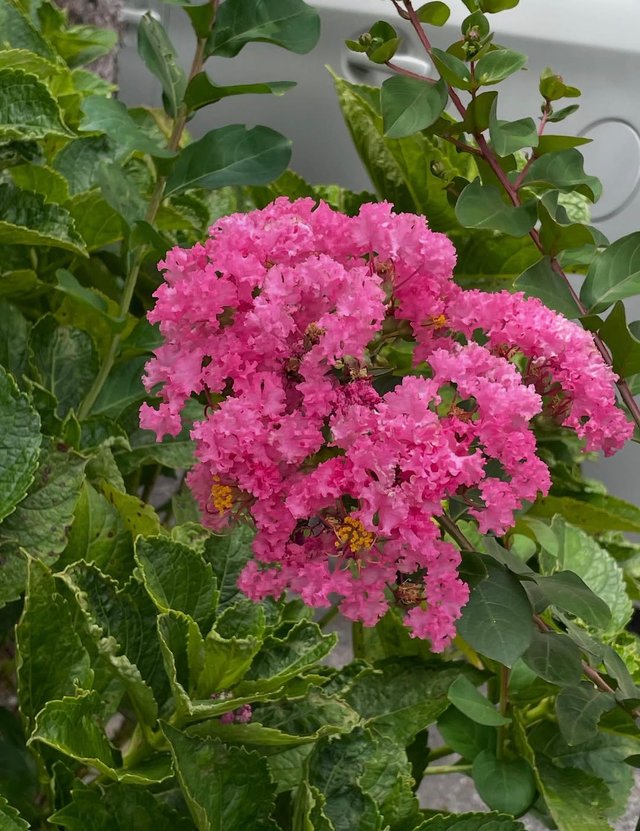Pride of India
In the heart of summer, when the sun is high and many trees droop in exhaustion, one plant rises in glory, cloaked in vibrant purple blooms that ripple like silk in the breeze. This is Pride of India a tree that commands attention in every landscape it graces.Native to tropical and subtropical regions of South and Southeast Asia, Pride of India is more than just a tree—it's a symbol of beauty, resilience, and prestige. With its vibrant display of color, ornamental bark, and lush foliage, this flowering giant stands as one of the most beloved trees in gardens, parks, and avenues across the world.
The Pride of India bursts into lavish clusters of flowers—most commonly in shades of purple, lilac, lavender, or mauve. Some varieties may bear pink or even white blossoms.Each flower has crinkled petals, resembling crepe paper.Blooms appear in long panicles, often 6–12 inches tall, blooming profusely from late spring through summer.Broad, oval, and glossy leaves that turn bright red or orange before falling, adding a second seasonal attraction.
Known as “Jarul” in India, it is the state flower of Maharashtra.In the Philippines, where it's known as Banaba, the leaves are used in traditional medicine and the tree is respected for its beauty and healing properties.Parts of the tree—especially the leaves and bark—have been used traditionally in herbal remedies, particularly in the Philippines, India, and other parts of Asia.Banaba leaves are used to lower blood sugar and are often made into teas for treating diabetes and kidney health.Believed to have antioxidant, anti-inflammatory, and weight management properties.



